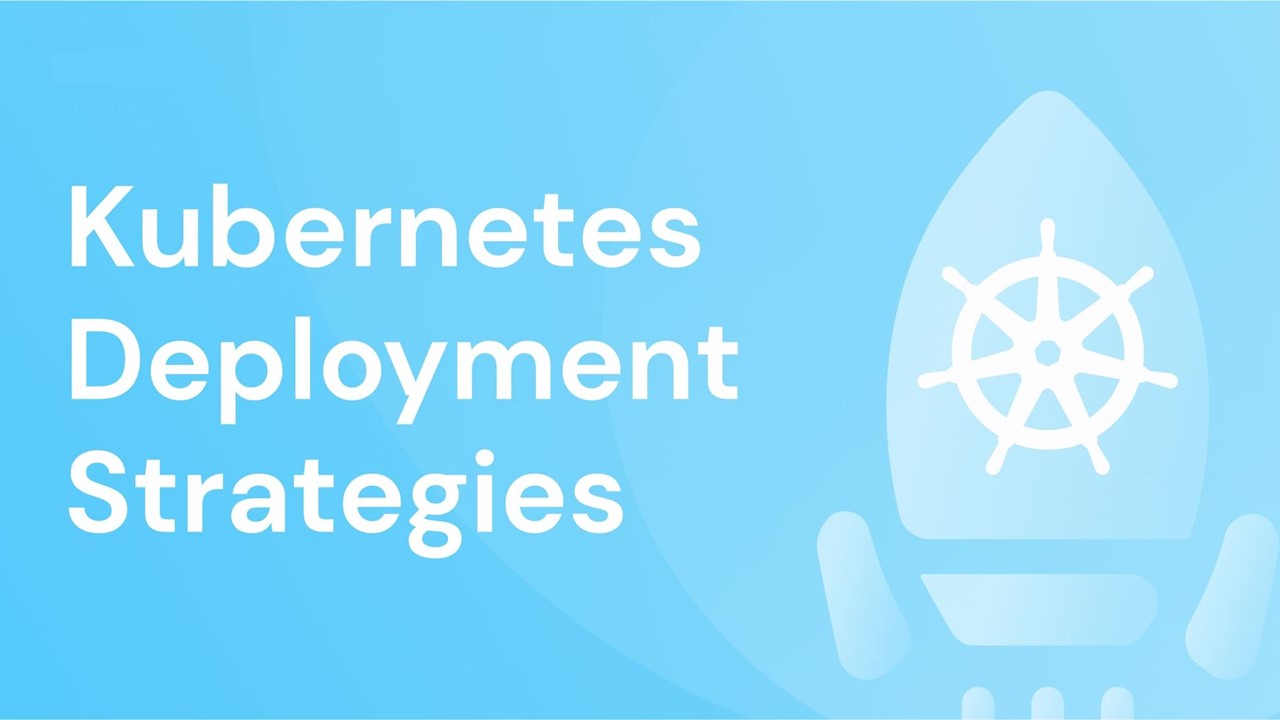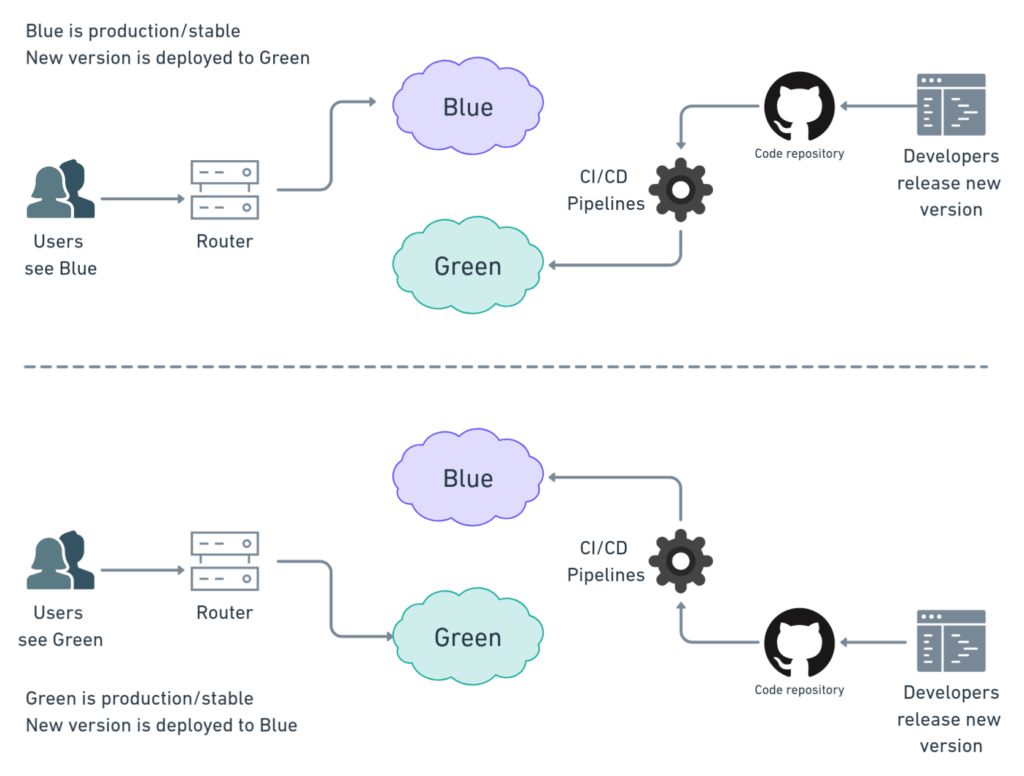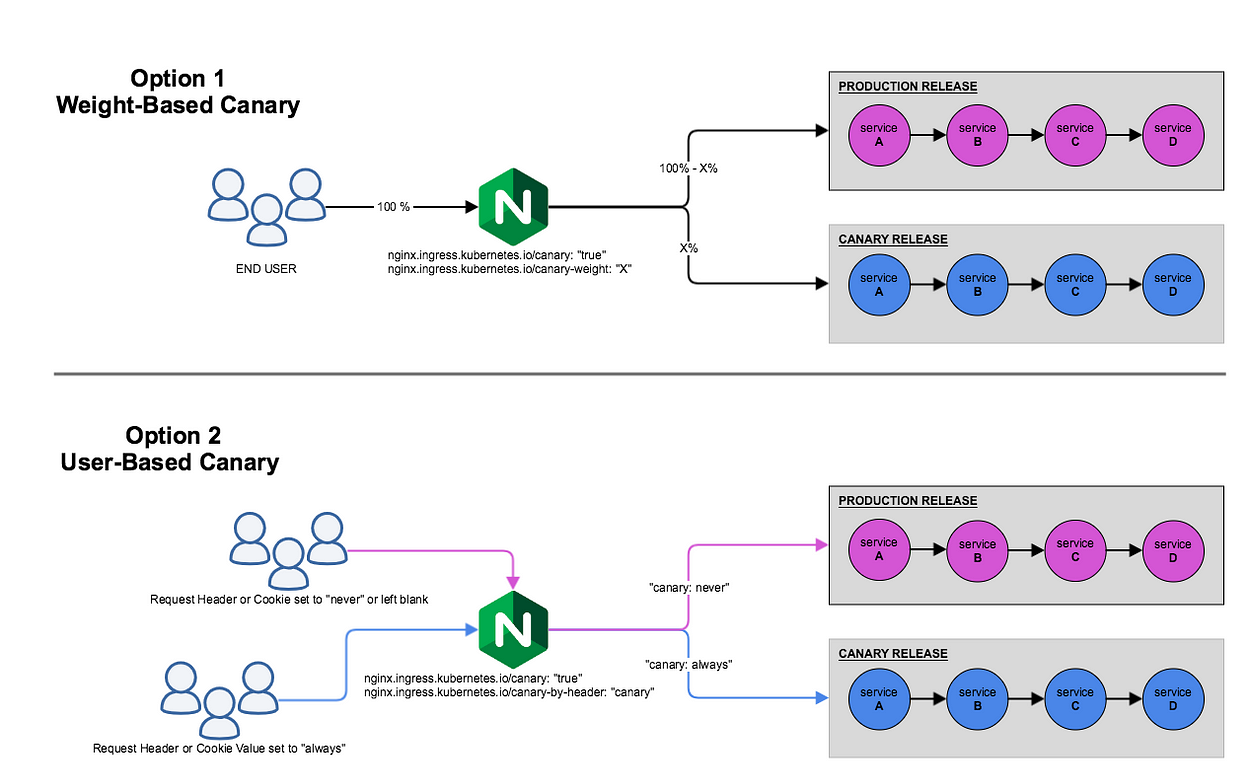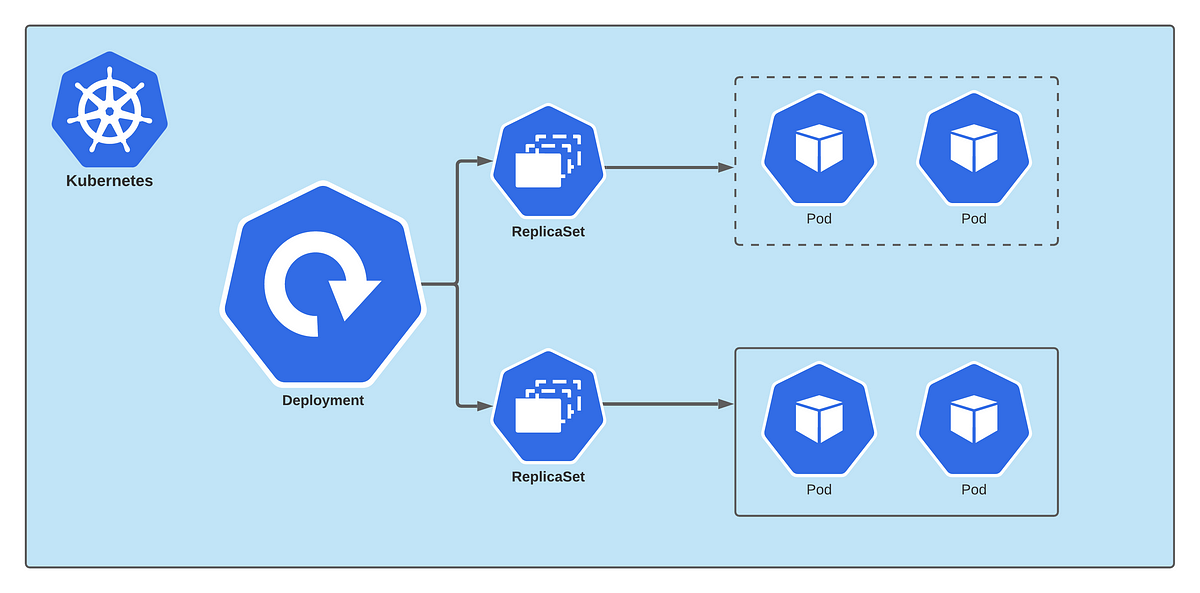🚀 Exploring Deployment Strategies in Kubernetes 🚀
 SWATHI PUNREDDY
SWATHI PUNREDDY
Are you looking to optimize your deployment process in Kubernetes? Understanding different deployment strategies can be a game-changer! Here's a detailed breakdown of each strategy:
Rolling Update :

How it works : In a rolling update, Kubernetes gradually replaces old instances of your application with new ones. It ensures zero downtime by incrementally updating pods while maintaining the desired number of replicas.
Advantages : Provides seamless updates without service interruption. Kubernetes automatically handles the transition, ensuring high availability throughout the process.
Use cases : Suitable for critical production environments where uninterrupted service is essential.
Blue-Green Deployment :

How it works : Blue-green deployment involves maintaining two identical production environments: one active (blue) and the other inactive (green). Updates are deployed to the inactive environment, allowing thorough testing before switching traffic.
Advantages : Minimizes downtime and risk by enabling full testing in a separate environment. Allows for quick rollback if issues arise during deployment.
Use cases : Ideal for applications with stringent uptime requirements or those undergoing significant changes.
Canary Deployment :

How it works : Canary releases allow you to test new features or updates on a small subset of users or traffic before rolling them out to the entire infrastructure. It involves deploying the new version to a fraction of your pods or servers.
Advantages : Enables early validation of changes and gathers real-world feedback before full deployment. Helps identify and mitigate issues before impacting the entire user base.
Use cases : Effective for applications with a large user base where gradual rollout and feedback collection are crucial.
A/B Testing :

How it works : A/B testing involves releasing different versions of your application to different user segments simultaneously. It allows you to compare performance metrics and user engagement between versions.
Advantages : Helps make data-driven decisions by comparing the effectiveness of different features or versions. Enables optimization based on user behavior and preferences.
Use cases : Useful for optimizing user experience, conversion rates, and feature adoption in applications with diverse user bases.
Rollback Strategy :

How it works : Despite thorough testing, issues may still arise post-deployment. Having a rollback strategy in place ensures you can quickly revert to the previous version if necessary.
Advantages : Minimizes downtime and user impact by swiftly reverting to a known stable state in case of issues. Provides a safety net for unexpected errors or bugs.
Use cases: Essential for maintaining service reliability and minimizing business disruption in dynamic production environments.
Each deployment strategy offers unique benefits and use cases. By selecting the right strategy for your application and business needs, you can enhance deployment efficiency, minimize risks, and deliver a seamless experience to your users.
Which deployment strategy have you found most effective in your Kubernetes deployments? Share your experiences in the comments below!
Subscribe to my newsletter
Read articles from SWATHI PUNREDDY directly inside your inbox. Subscribe to the newsletter, and don't miss out.
Written by
